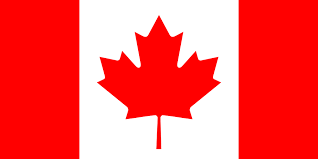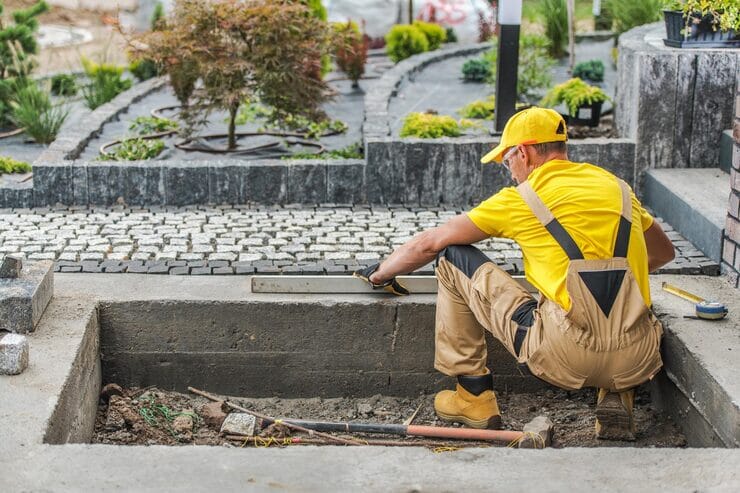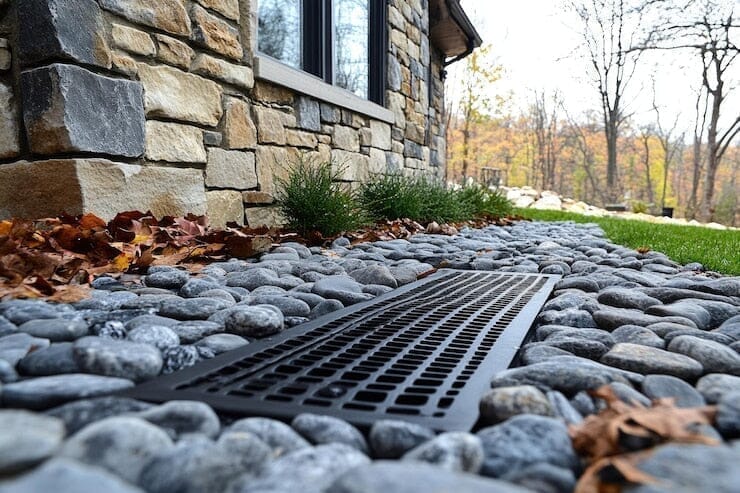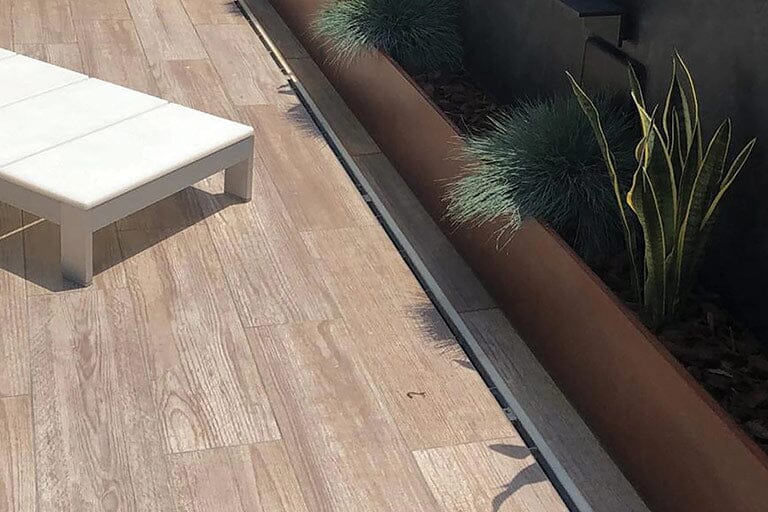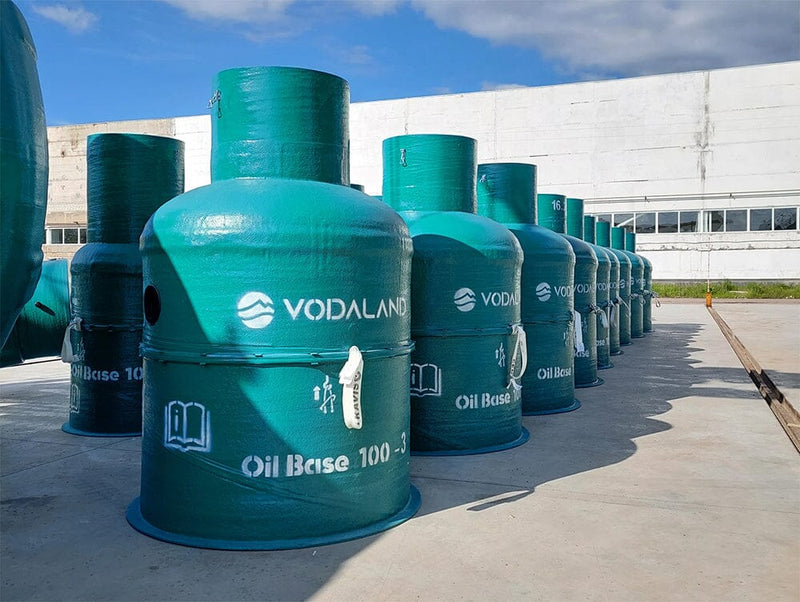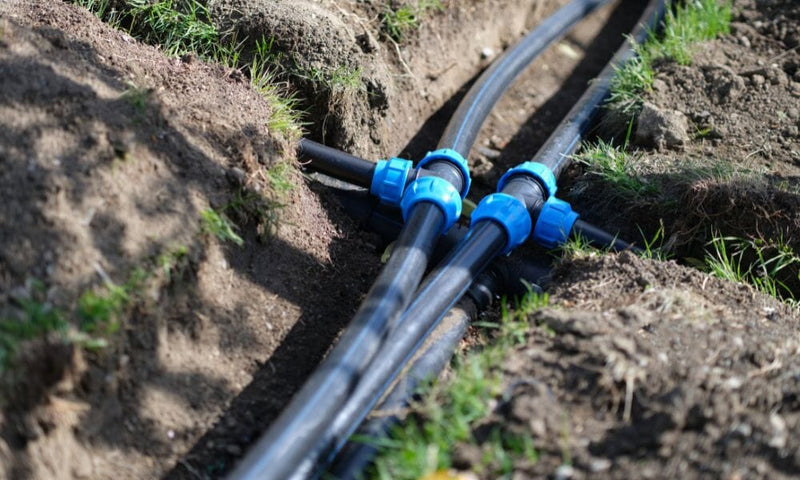The Different Applications of Trench Drains
-
20/04/21
-
Vodaland Canada
Trench drains carry water away from areas where it otherwise might pool and cause hazards—from slipping to attracting pests to simply creating a nuisance. Trench drains differ from slot drains in that they are usually wider and have grates on top to catch debris. The different applications of trench drains vary based on the amount of water that must be moved away, the weight the drain and grate must bear, and the types of fluids the drain carries away.
Residential Applications of Trench Drains
A trench drain is most often seen in residential applications along the edges of walkways or driveways. They are useful at the low end of sloping driveways to prevent water pooling in the low area. They are necessary for homes with below-grade garages to prevent flooding and to avoid having water make its way toward the foundation.
Municipal and Commercial Applications
Public plazas are often surrounded by trench drains which are designed to meld seamlessly with the surrounding hardscape and maintain aesthetic value. These drains must meet ADA requirements, so they don’t create hazards for persons with disabilities, such as uneven surfaces that could trip someone or impede a wheelchair.
Businesses such as spas, restaurants, food processing plants, barns, and car washes use trench drains to carry water away from areas that are constantly wet from rinsing work areas or from using shower rooms. Auto dealerships use them in showrooms, and firehouses may use them to carry away water from washing off fire trucks. You’ll also see them in parking lots and garages to carry away stormwater.
Many industrial applications for trench drains may require the drain to carry water contaminated with chemicals, solvents, or oils, creating environmental concerns. In these instances, the drain channels water into a separator or neutralization tank before the water can legally be released into sewer systems.
Trench drains capable of bearing the weight of heavy machinery, trucks, and even airplanes crossing over them can be found at the bottom of sloping loading docks, inside warehouses that use forklifts, and along airport tarmacs and roadways.
Areas requiring drainage of surface water may benefit from the installation of a trench drain. The drain should be selected according to the anticipated use for the drain, as well as how much water the drain will have to carry. Materials, widths, and grates will vary according to the application for the trench drain. Grates for lighter duty applications, as in pedestrian areas, will be different than heavy-duty drains and grates that must endure machinery and trucks rolling over them. Additionally, linear channel drain systems offer different material choices including steel, cast iron, and plastic. These drains are designed to slope enough to carry the required volume of water away, with outlets that connect to the type of pipe that will ultimately carry water to sewers or other approved outlets depending on local environmental regulations.


